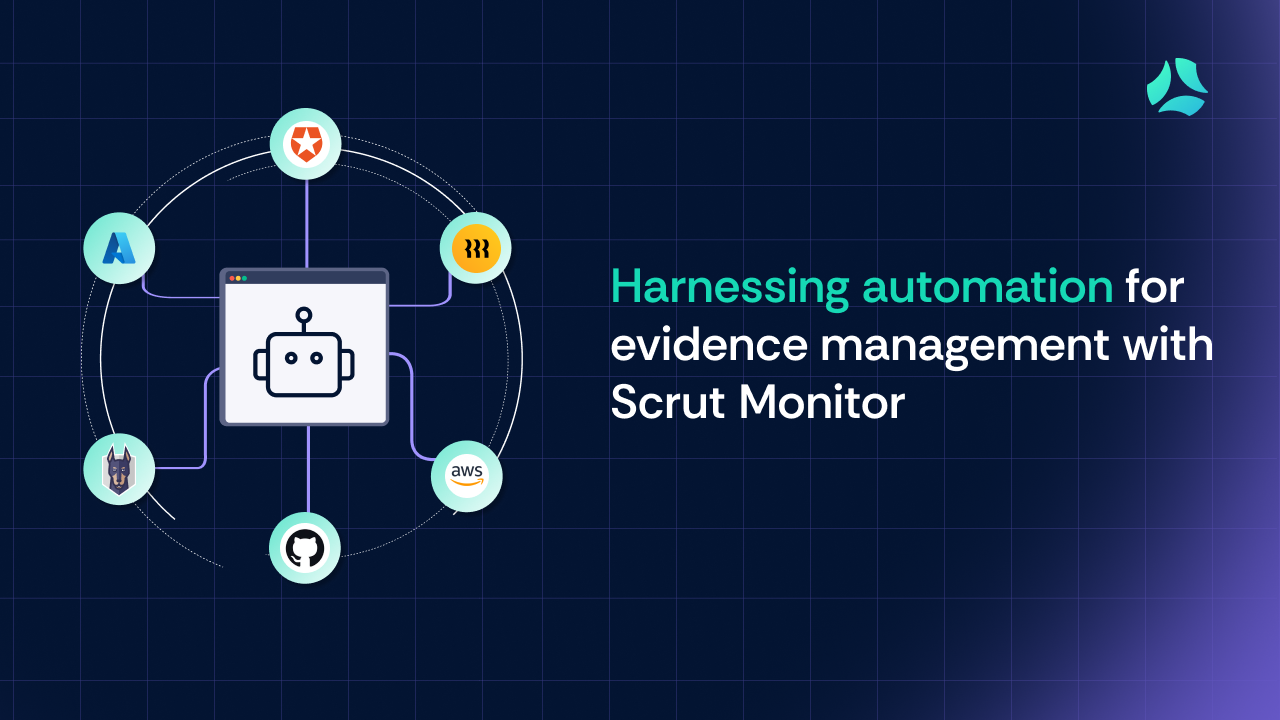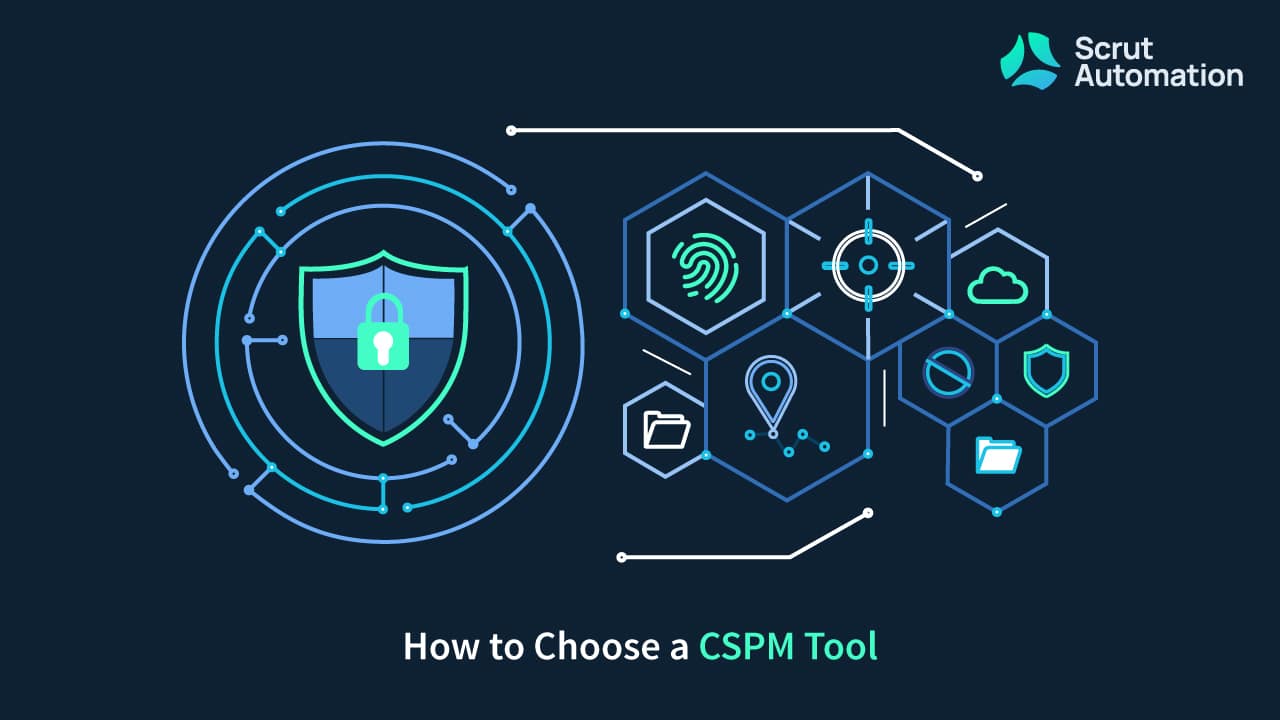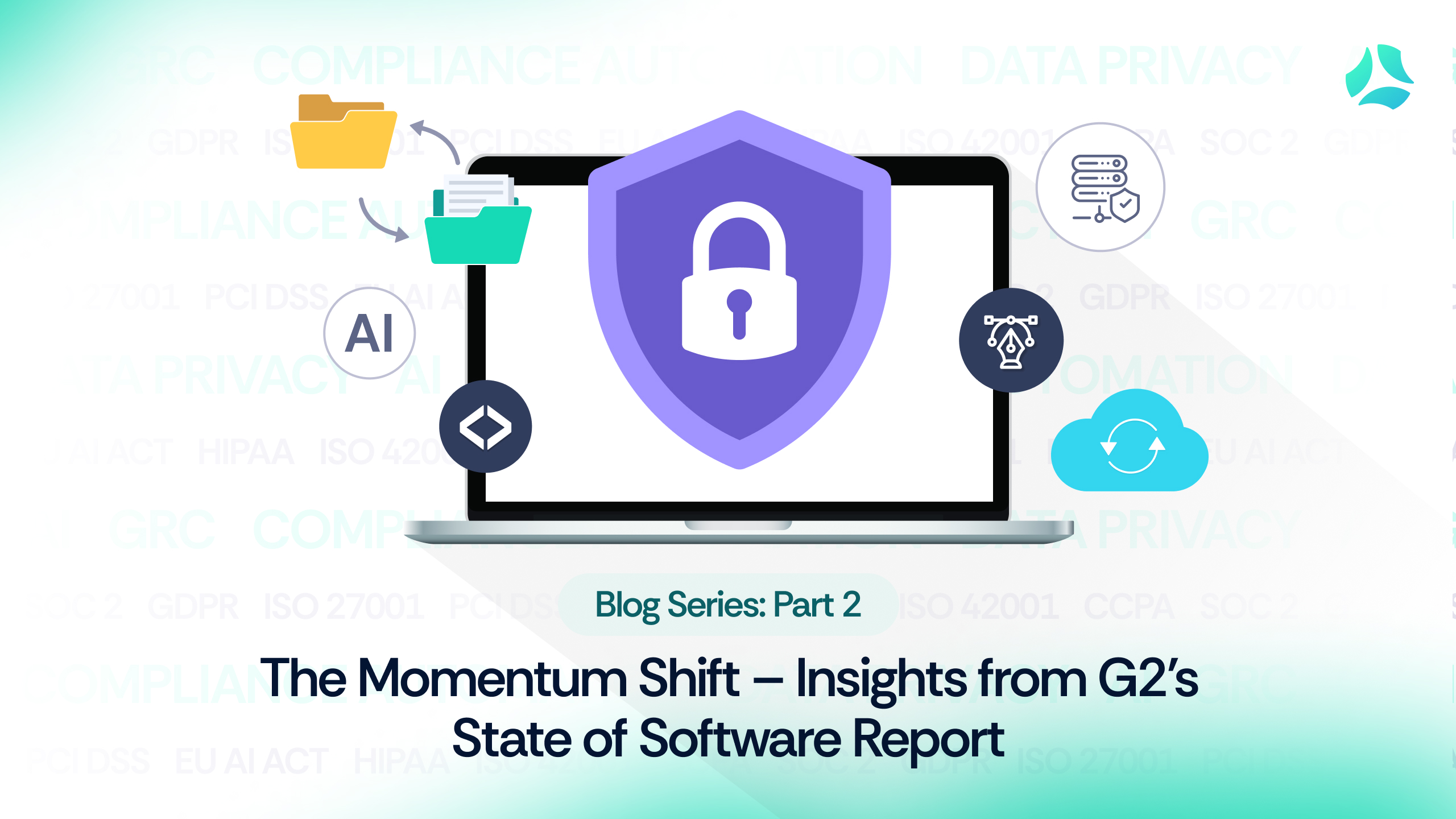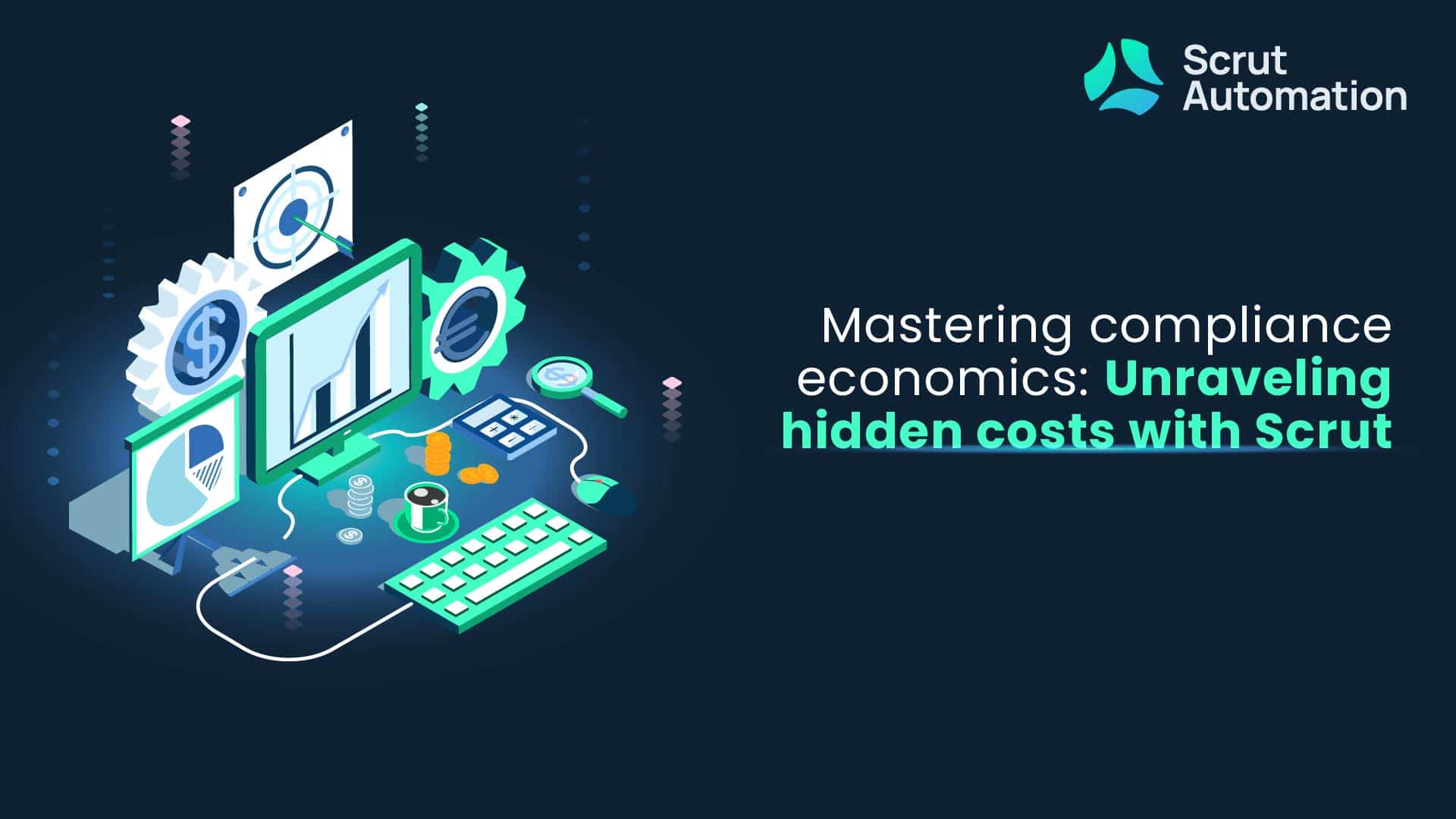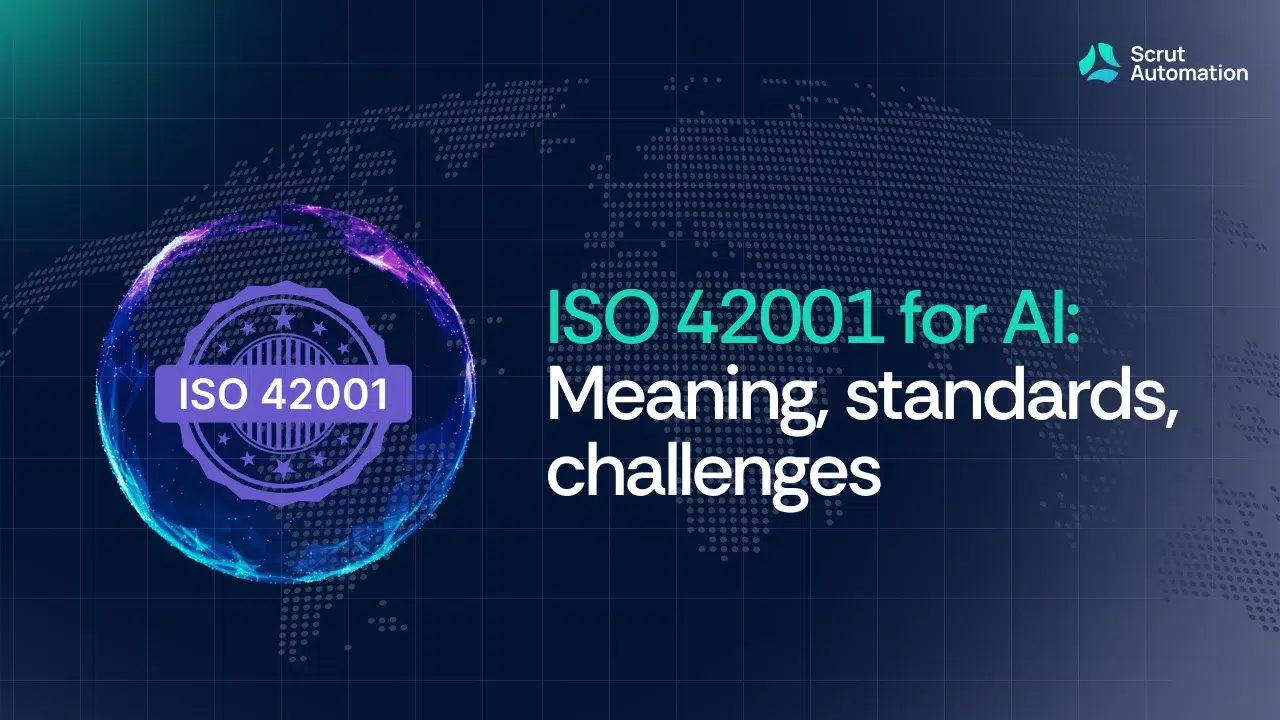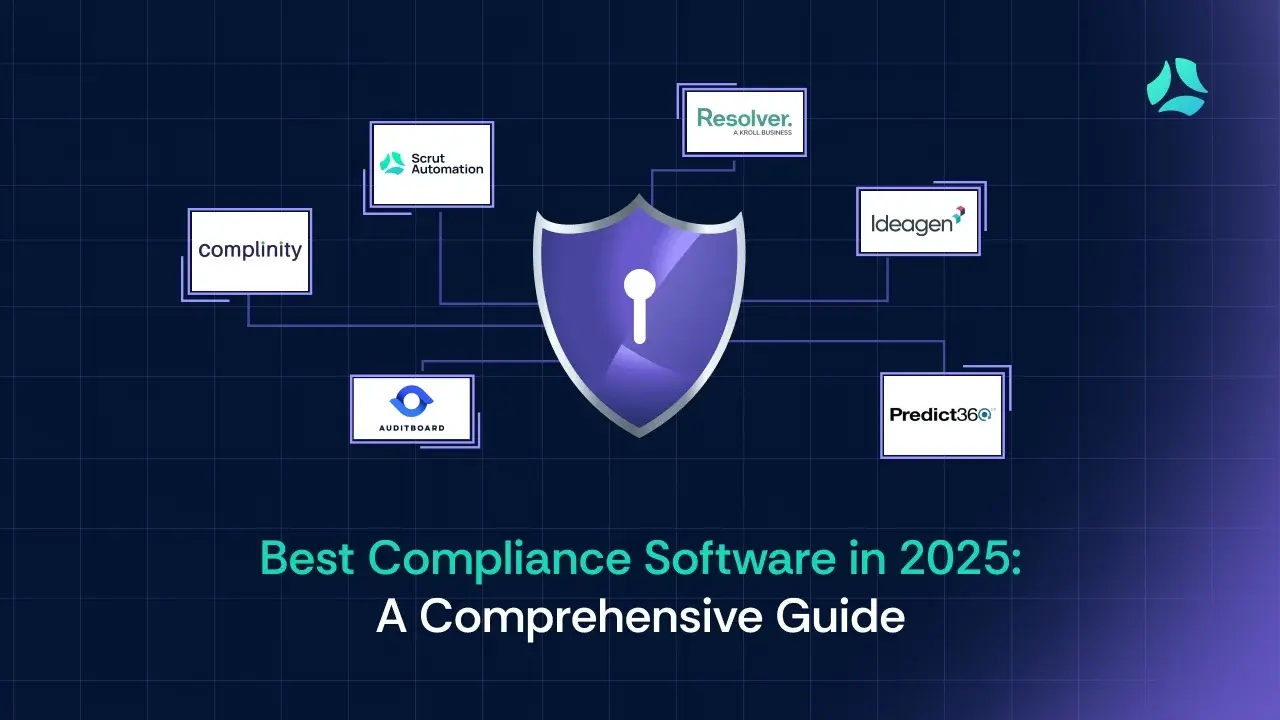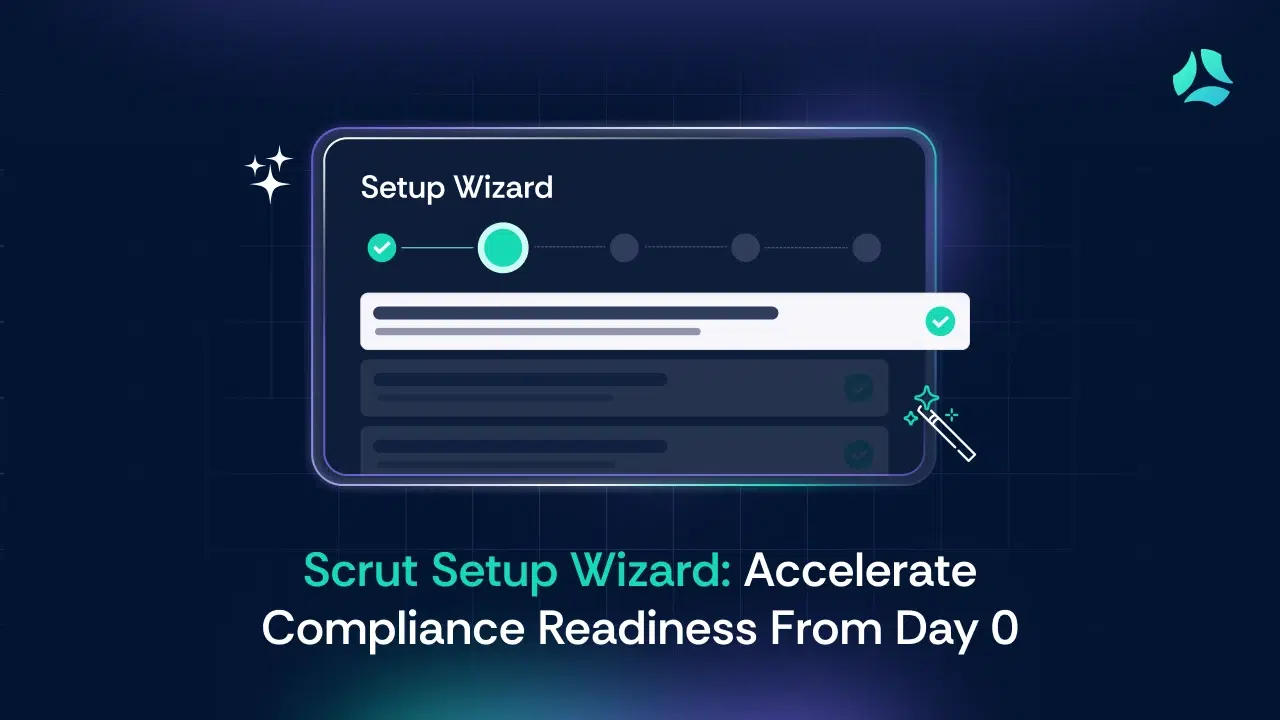Chief Information Security Officers (CISOs) are under mounting pressure from evolving regulations and increasingly sophisticated threats, making effective cybersecurity and compliance more critical than ever. To effectively tackle these challenges, organizations must prioritize robust evidence-collection practices.
During this process, they face challenges like managing vast amounts of unstructured data, scattered evidence across platforms, resource constraints, and inaccuracies from manual collection that often involves spreadsheets, emails, paper documents, and various file formats.
Streamlining evidence collection across platforms simplifies compliance processes, enabling CISOs to enhance compliance, mitigate risks, and maintain stakeholder trust with improved speed, accuracy, and consistency.
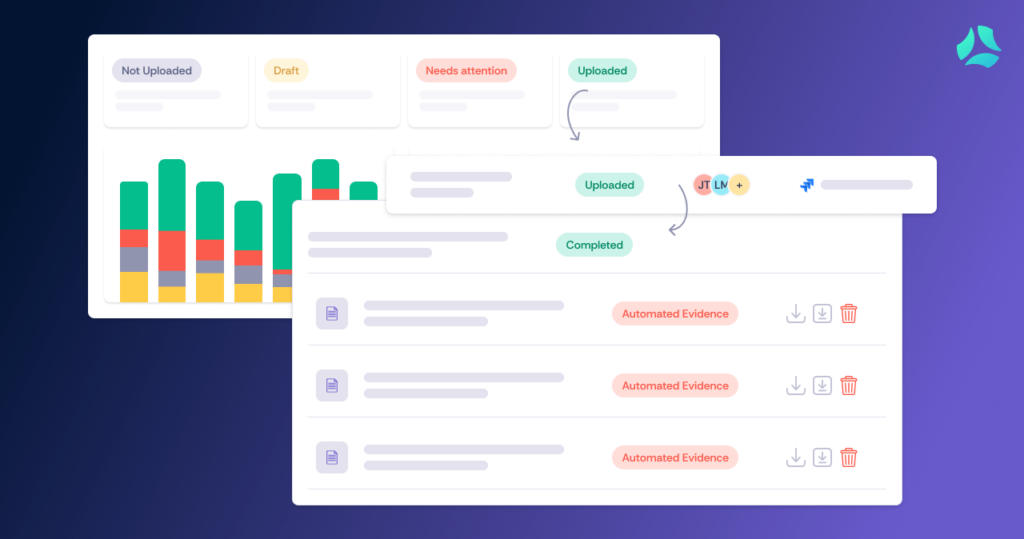
What is evidence collection?
Evidence collection for infosec compliance involves gathering and documenting proof of adherence to framework requirements, including screenshots, policy documents, training certificates, and system configurations.
This evidence proves that the organization adheres to standards such as ISO 27001, SOC 2, or GDPR and that it complies with associated regulatory, legal, and contractual requirements.
Automated evidence collection streamlines this process, ensuring that organizations can respond swiftly to regulatory inquiries while demonstrating their commitment to security and governance.
The drawbacks of traditional evidence-collection methods
Evidence is a critical component of compliance management, yet traditional methods of gathering it come with significant challenges.
1. Slow manual collection
Manual evidence collection is often labor-intensive, requiring employees to sift through countless screenshots, documents, and emails. This can lead to delays in preparing for audits and increased stress for teams trying to meet compliance deadlines.
2. Inaccurate and outdated evidence
Relying on manual methods increases the risk of using incorrect evidence, such as outdated incident logs or employee training records. This can jeopardize compliance efforts and result in penalties or reputational damage if audits uncover discrepancies.
The case for moving toward automation
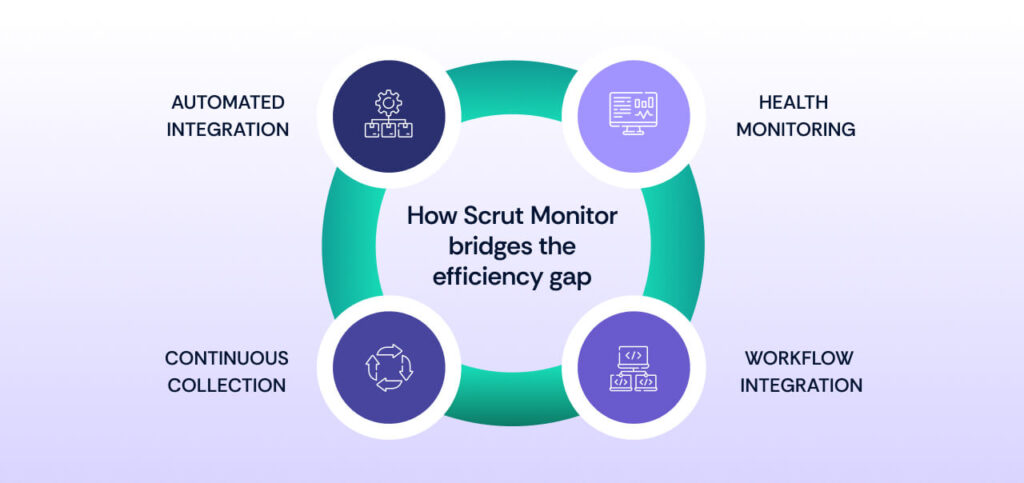
As organizations grapple with complex compliance requirements beyond mandated frameworks, streamlining evidence collection becomes crucial for smoother audits.
Automated evidence-collection software facilitates a smooth and cohesive process that minimizes disruptions. Here’s why leveraging automation is key:
1. Speed
Audit preparation can take months, sometimes up to a year, depending on infrastructure complexity and regulatory requirements. Failure to meet deadlines is common, especially for first-time audits. While timing may not always be critical, it can be essential for securing new sales deals or meeting regulatory mandates.
Opportunity
Automation significantly boosts GRC team efficiency by reducing manual tasks, shortening audit preparation time, and allowing focus on strategic initiatives.
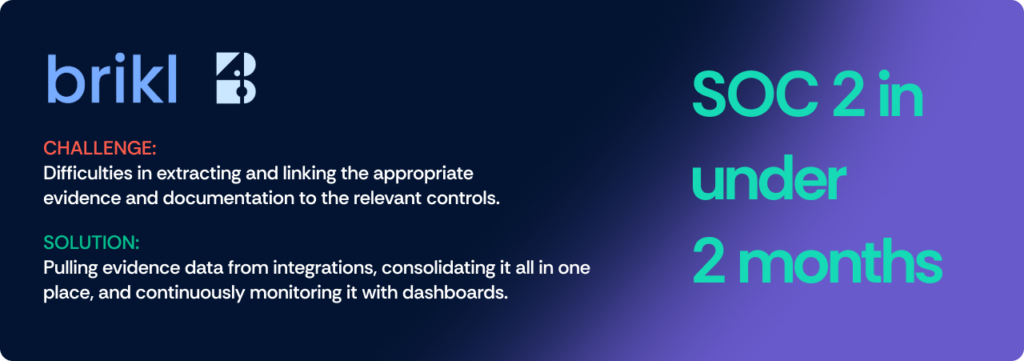
Result: Brikl experienced faster evidence submission, enabling them to achieve SOC 2 attestation in under 2 months.
2. Accuracy
With lengthy audit checklists, it’s easy for teams to overlook critical details, potentially leading to corrective actions. Missing essential evidence can delay certification, especially when deadlines are tight.
Opportunity
Automation can enable organizations to always be equipped with the most relevant information, reducing the likelihood of errors during audits.
3. Consistency
Maintaining consistent operations for collecting evidence can be difficult, especially when different kinds of evidence need to be collected at different time intervals. Any disruptions can lead to compliance gaps and make audits more challenging.
Opportunity
Automation can enable non-stop and reliable evidence collection, that instills confidence in compliance efforts and enhances audit preparedness.
4. Scalability
Manual processes cause a struggle in terms of scalability, often necessitating additional hires or tools, which can lead to inefficiencies and higher costs. As organizations expand, managing compliance across diverse teams and systems can become overwhelming
Opportunity
Automation can scale up evidence management processes as the organization grows. Key to this is the enhanced collaboration across departments by centralizing evidence collection and communication.
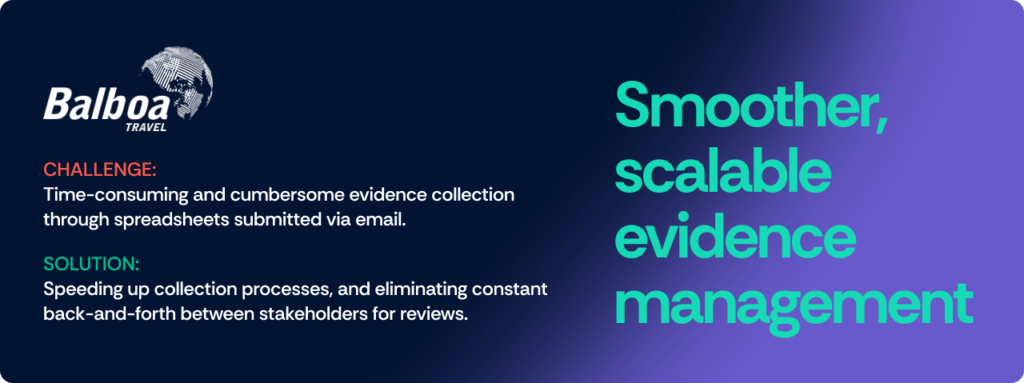
As a result, Balboa experienced a more efficient audit workflow, allowing them to focus on strategic initiatives rather than day-to-day operational tasks.
How Scrut Monitor bridges the efficiency gap
To effectively address the challenges of traditional evidence collection, Scrut Monitor provides a comprehensive solution that fills gaps in the entire process.
1. Automated integration
Scrut Monitor seamlessly connects with external applications to automatically pull evidence for frameworks like ISO 27001, SOC 2, GDPR, and any custom framework. This reduces the time employees spend sifting through documents, allowing teams to focus on audit preparation instead of manual tasks.
For instance, if your organization uses cloud services like AWS or Azure, Scrut Monitor can automatically gather code commits or a list of resources from these platforms, ensuring you always have the required documentation at your fingertips without manual intervention.
2. Continuous collection
Once set up, Scrut Monitor continuously collects the required evidence at user-defined intervals. This means that you won’t have to worry about periodically checking for updates or conducting manual evidence gathering.
For example, if any framework requires you to have weekly or monthly records of any evidence, be it incident logs, vulnerabilities detected, or even employee training statuses, Scrut Monitor will extract that evidence from the relevant integrations at the desired time intervals. This capability significantly enhances your audit readiness by reducing manual effort and providing accurate, up-to-date documentation.
3. Health monitoring
Scrut Monitor includes a robust health monitoring feature that notifies users promptly if any integrated application fails to connect or if evidence fails to come through.
For instance, if an integration becomes unhealthy—perhaps due to a changed API key or revoked access—the system will notify you to investigate the issue, allowing for prompt resolution. Alternatively, if a request to pull data from a platform like GitHub returns empty, Scrut Monitor will inform you that no data was found, prompting further investigation into the cause. This proactive monitoring enhances the reliability of your evidence-collection process.
4. Workflow integration
Scrut Monitor allows users to create tickets directly in task management tools in your tech stack, streamlining communication and closures for evidence submission. Additionally, users can tag colleagues and leave comments, ensuring swift and efficient problem resolution.
If a specific piece of evidence is missing or needs verification, a ticket can be generated to assign its submission to relevant personnel, all this without leaving Scrut Monitor, keeping your compliance efforts organized and efficient.
Key benefits of using Scrut Monitor
Scrut Monitor streamlines processes, improves compliance accuracy, and fosters teamwork, resulting in substantial overall efficiency gains.
The key benefits include:
1. Faster evidence, less hassle
By automating evidence collection, Scrut Monitor eliminates the tedious manual back-and-forth often involved in gathering documentation.
a. Speeds up evidence collection with direct access to controls and artifacts.
b. Cuts down the time needed to convert it into required formats.
c. Eliminates back-and-forth communication and expedites audit completion.
2. Get it right every time
The platform ensures real-time, accurate evidence collection, effectively eliminating outdated or insufficient data. This protects organizations from potential penalties and reputational damage.
a. Real-time data pulling from all connected applications.
b. Comprehensive evidence collection in auditor-friendly formats.
c. Minimal risk of errors associated with manual collection.
3. Uniform results, every submission
Scrut Monitor actively monitors the health of collected evidence and integrates workflows, ensuring that all submissions are consistent and error-free.
a. Automatically gathers relevant evidence at intervals set by you, ensuring timely updates.
b. Guarantees uniformity in the evidence-collection process across the organization.
4. Grows with your business, effortlessly
This eliminates the cumbersome exchanges that typically slow down the documentation process, allowing teams to work more efficiently and respond quickly to audit requests, thereby boosting overall operational effectiveness.
a. Automates evidence management for seamless scalability.
b. Reduces team workload by streamlining routine tasks.
c. Facilitates compliance with both mandatory and custom frameworks.
Wrapping up
Scrut Monitor is more than just a tool—it’s an essential ally for efficient evidence collection and management. It can streamline your processes and enhance your compliance efforts.
Explore Scrut Monitor today to transform your approach to compliance management!
FAQs
Scrut Monitor automates up to 70% of evidence collection by minimizing the effort of manually capturing point-in-time evidence, allowing teams to focus on strategic compliance tasks.
Scrut Monitor supports multiple formats of evidence, including incident logs, employee training records, and vendor agreements, facilitating a wide array of compliance documentation.
Once configured, Scrut Monitor collects evidence automatically at one go, or even at multiple time intervals that can be predefined according to your organization’s compliance needs.
Yes, users can manually upload or update evidence in Scrut Monitor in addition to the automated collections, providing flexibility in maintaining accurate and complete compliance records.
Yes, Scrut Monitor features a health monitoring system that alerts users immediately if integration fails or evidence is not collected, helping to address issues proactively and maintain compliance readiness.
